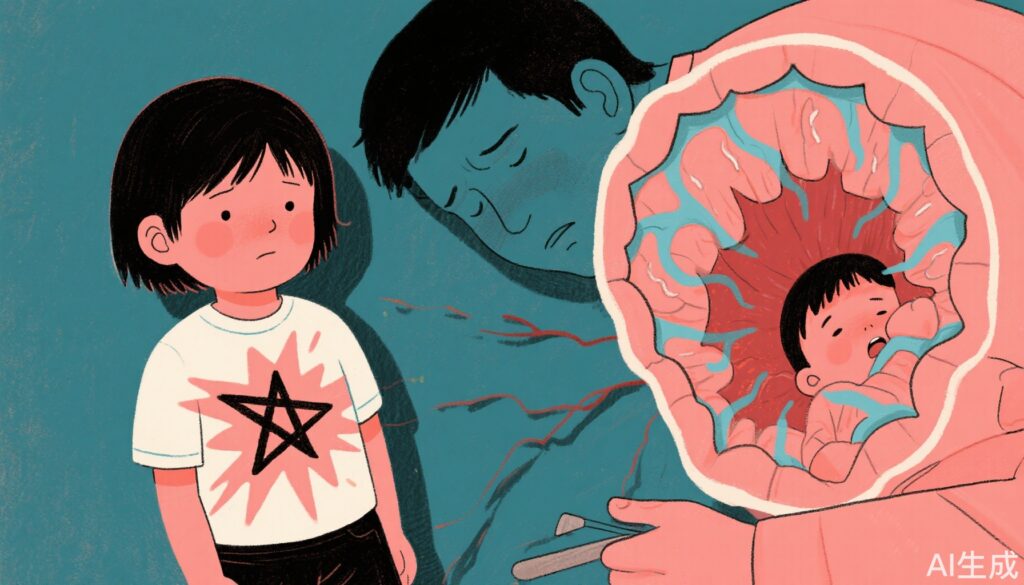Childhood Verbal and Physical Abuse Harm Adult Mental Health
New research reveals that both physical and verbal abuse during childhood are linked to a more than 50% increased risk of experiencing poor mental health in adulthood. Furthermore, the combination of both types of abuse amplifies this risk, suggesting profound long-term implications for those affected.
METHODOLOGY
The findings are based on a secondary analysis of seven cross-sectional surveys conducted between 2012 and 2024, which involved data from over 20,000 adults residing in England and Wales. Participants reported their experiences of physical and verbal abuse before the age of 18, utilizing questions derived from the Adverse Childhood Experiences (ACE) questionnaire. Individuals were categorized based on their experiences into one of four groups: no abuse, physical abuse only, verbal abuse only, or both forms of abuse.
For the study, child abuse was defined as actions taken by another child or adult that resulted in, or were likely to result in, significant harm. The current mental health of participants was evaluated using the Short Warwick-Edinburgh Mental Well-being Scale, which is designed to measure overall well-being.
TAKEAWAY
The results indicated that adults who experienced physical or verbal abuse in childhood, or both, reported lower overall mental well-being in the prior two weeks compared to those who were not subjected to either form of abuse. The specific odds ratios were 1.52 for physical abuse, 1.64 for verbal abuse, and 2.15 for those who experienced both types of abuse.
The prevalence of feelings of disconnection from others increased significantly among those exposed to abuse. Only 8% of adults who had no history of abuse reported never or rarely feeling close to others in the past two weeks, compared to 10% of those with physical abuse, 14% who experienced verbal abuse, and 18% who faced both types of abuse. Similar trends were observed for feelings of optimism, usefulness, and relaxation, with men showing a higher likelihood of never feeling optimistic or useful, while women reported never or rarely feeling relaxed.
Interestingly, the prevalence of childhood physical abuse decreased from 20% among those born between 1950 and 1979 to 10% for individuals born in 2000 or later. In contrast, the incidence of verbal abuse increased from 12% for those born before 1950 to 20% for those born between 1970 and 1979, with continued rising trends in subsequent decades.
IN PRACTICE
The study’s authors emphasize that efforts to reduce child abuse—including physical chastisement—should examine both the physical and verbal dimensions, alongside their individual and cumulative effects on long-term health. The researchers assert that the potential impact of childhood verbal abuse on escalating poor mental health among younger generations warrants greater attention.
The significant findings underscore the importance of understanding the lasting implications of childhood experiences of abuse on mental well-being, advocating for preventative measures and targeted interventions to address these serious issues.
References
Bellis MA, Hughes K, Ford K, Quigg Z, Butler N, Wilson C. Comparative relationships between physical and verbal abuse of children, life course mental well-being and trends in exposure: a multi-study secondary analysis of cross-sectional surveys in England and Wales. BMJ Open. 2025 Aug 5;15(8):e098412. doi: 10.1136/bmjopen-2024-098412 IF: 2.3 Q2 . PMID: 40764071 IF: 2.3 Q2 ; PMCID: PMC12336579 IF: 2.3 Q2 .


